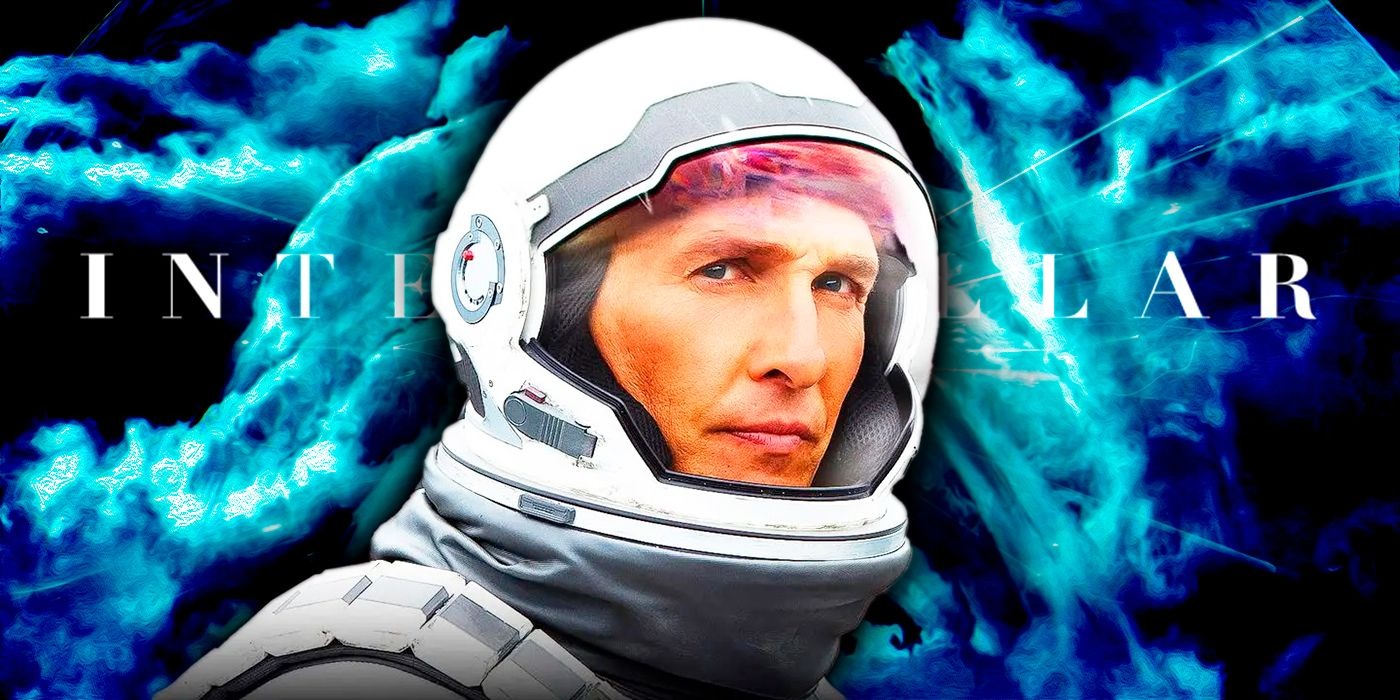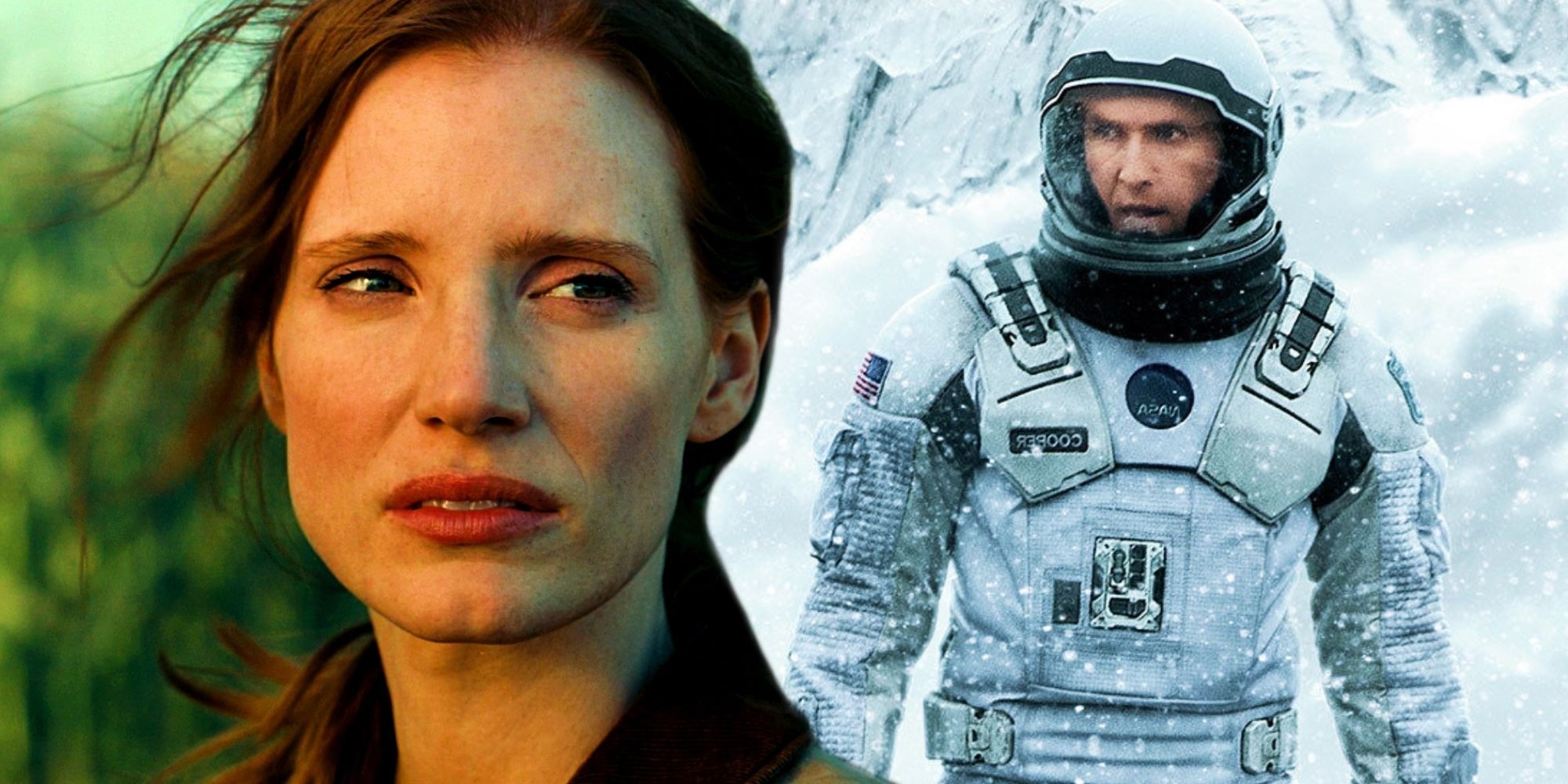Christopher Nolan’s films are marked by a complex exploration of time, as seen in his diverse works from the reverse storytelling in Memento to the time manipulation in Tenet.
A prime example is Interstellar, which blends theoretical astrophysics with profound human emotions, making it a pivotal piece in the science fiction genre due to its engaging story and scientific integrity.

Plot Overview of Interstellar
Interstellar begins in 2067, showcasing a desolate Earth struggling with a severe crop blight. The story follows Joseph Cooper, a former NASA pilot turned farmer who is now a widower. He lives with his teenage son, Tom, his young daughter, Murph, and his father-in-law, Donald.
Brand reveals a discovery from nearly fifty years prior—a wormhole located near Saturn that may provide a potential escape for humanity, leading to twelve candidate planets orbiting a black hole called Gargantua. After an exploratory mission, three of these planets demonstrate the capacity to support human life.
To secure the future of humanity, Brand presents two strategies: Plan A seeks to resolve an equation for anti-gravity propulsion to create large space stations for human colonization, while Plan B entails sending the spacecraft Endurance with 5,000 frozen embryos to establish a new colony.
Cooper is chosen to pilot this mission alongside Dr. Amelia Brand, Romilly, and Doyle. Before he leaves, he gives Murph a watch to help her measure time during his absence.
Unfortunately, the mission experiences catastrophic setbacks when the first two planets are found uninhabitable, leading to the deaths of Doyle and Romilly. As they grapple with these tragedies, they also face the impact of time dilation, which causes 23 years to pass on Earth due to their closeness to Gargantua.
With tensions escalating, Murph, now a NASA scientist, discovers from a dying Brand that she was misled regarding the gravity equation; only data collected from within the black hole can unlock the necessary insights. This revelation comes to play as Murph sends a message to the Endurance crew.
Interpretation of Interstellar’s Conclusion
With the Endurance lacking sufficient fuel to return to Earth and the black hole posing an imminent threat, Cooper makes a pivotal choice. He separates TARS, the AI robot, to decrease weight while acquiring crucial quantum data from within the singularity.
In a self-sacrificial act, Cooper forfeits his chance to return, aiming to enhance Dr. Brand’s odds of reaching the final habitable planet and ensuring humanity’s survival through the embryos onboard. He executes a slingshot maneuver around Gargantua, allowing himself to be pulled into the black hole.

Upon crossing the event horizon, Cooper enters a tesseract, a structure that grants access to a fifth dimension where every moment exists concurrently. This dimension is symbolically represented by Murph’s bookshelf, enabling Cooper to observe her childhood room.
In desperation, he attempts to communicate with his younger self by using Morse code to spell “S-T-A-Y.” Despite his attempts, Murph receives the message but cannot change past events, emphasizing the film’s notion that time is non-linear.
TARS concludes that they are situated in this tesseract due to protection from “them”—the “bulk beings” referenced throughout the film. These advanced future beings are responsible for creating the wormhole, facilitating the astronauts’ journeys, and constructing the tesseract to help Cooper understand his situation.
While capable of traversing time and space, these beings cannot communicate across dimensions or pinpoint specific moments. Cooper’s human perspective allows him to connect with particular instances, using gravitational forces to send a crucial message to Murph at a pivotal moment. This leads him to realize that “they” are actually “us”—humanity that has evolved beyond current dimensional comprehension.
To convey coordinates to the NASA base, Cooper utilizes dust patterns to communicate in binary, reflecting the anomalies he previously encountered. He instructs TARS to retrieve the quantum data gathered from the black hole and relay it to Murph through the Morse code signal sent via the watch he gifted her.
When TARS expresses skepticism about Murph’s ability to interpret the message, Cooper recalls Dr. Brand’s belief that love transcends all dimensions, inspiring him to trust she will search for the watch in her childhood home.
After fulfilling his purpose, Cooper is expelled from the tesseract and awakens on Cooper Station, orbiting Saturn. He reunites with an elderly Murph, who lies on her deathbed. Due to the time discrepancy, 51 years have elapsed for those on Earth, while only hours have passed for Cooper.
Murph shares that she successfully solved the gravity equation, which facilitated the launch of space stations for colonization. Knowing her time is limited, she urges Cooper to find Dr. Brand, who is on the third planet preparing for repopulation. Taking her advice, Cooper takes command of a ship to return through the wormhole and reconnect with Brand.
Themes Explored in Interstellar
Interstellar seamlessly weaves science with profound emotional stories, centering on the relationship between a father and daughter while highlighting humanity’s fight against extinction. It reflects on the potential ramifications of climate change that may render Earth uninhabitable in the future.
The film encourages viewers to reflect on the importance of human connections that extend beyond immediate familial relationships, underscoring the need to preserve future generations as well.



